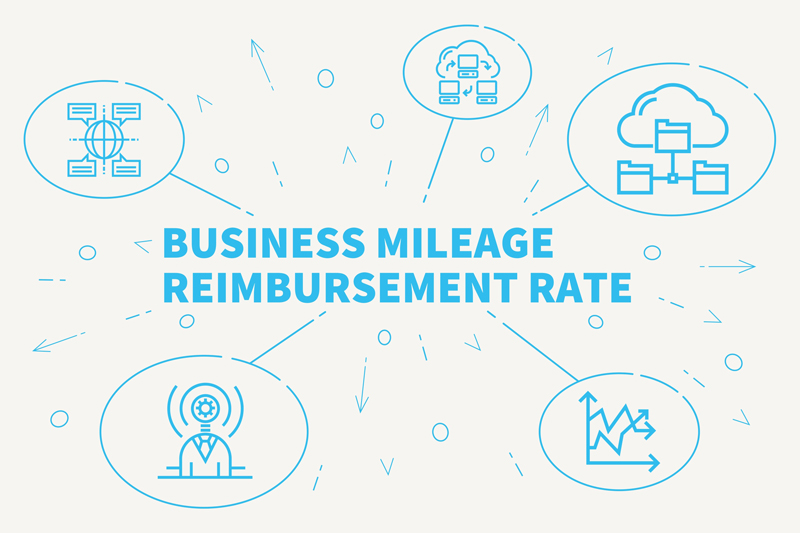“S” corporations are only permitted to have certain types of shareholders (generally individuals, estates, and grantor trust), may have no more than 100 shareholders, and may not have more than one class of stock. An “S” corporation also may not have passive income in excess of the passive income limitation in IRC section 1362(d)(3). If an “S” corporation violates any of these restrictions, its “S” corporation status is automatically terminated.
In the event an inadvertent termination event occurs, the taxpayer can request an inadvertent termination ruling under IRC section 1362(f). Subject to IRS approval, the corporation may be permitted to retain its “S” corporation status.
A corporation’s status as an “S” corporation terminates effective on the date that the company commits the act that triggers the termination. After termination, the corporation is not eligible to elect “S” corporation status for five years.
In the event of a termination, the corporation should attach to its return for the tax year in which the termination occurs a notification that a termination has occurred and the date of the termination.
If an “S” corporation inadvertently terminates its “S” corporation status, the IRS may grant relief. The corporation must demonstrate that the termination was inadvertent.
The IRS may provide restore the corporation’s “S” status retroactively to the date of the termination event, if:
- The corporation previously made a valid “S” election and the election was terminated
- The loss of the S election status was triggered by an inadvertent act
- The IRS determines that the termination was inadvertent
- Steps are taken within a reasonable period to correct the condition that rendered the corporation ineligible to be an “S” corporation
- The corporation and shareholders agree to make any adjustments the IRS requires that are consistent with the treatment of the corporation as an S corporation
Factors that would tend to support the inadvertence of the termination event would include:
- The terminating event was not reasonably within the control of the corporation
- There was no plan to terminate the “S” election
- The terminating event occurred without the corporation’s knowledge
- The corporation and its shareholders had safeguards in place intended to prevent such a termination
If you would like assistance with fixing an inadvertent termination of “S” corporation status or need help with any other federal or state income tax matter, please contact one of our tax and business attorneys at 937-223-1130 or Jsenney@pselaw.com.













